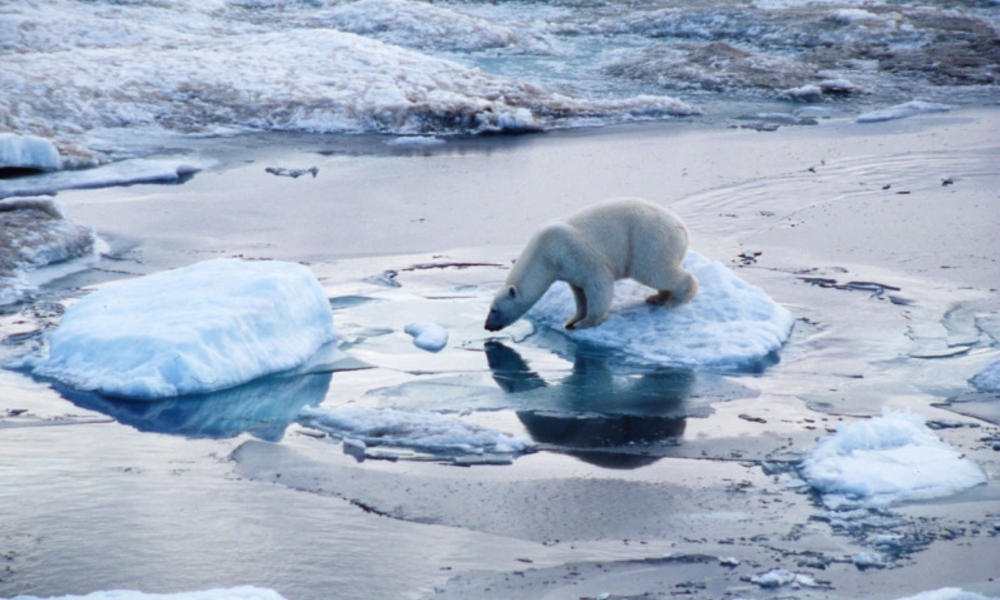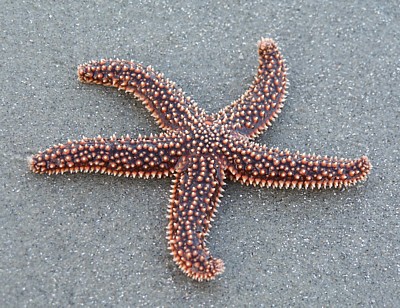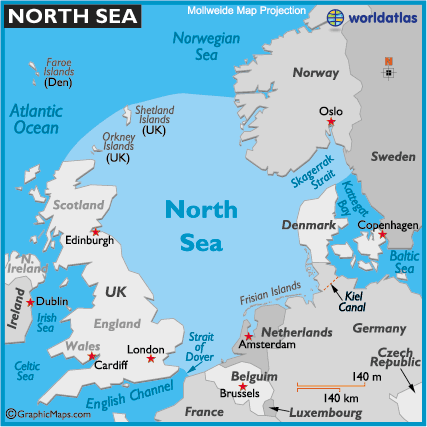Global Warming is not a new phenomenon, and has been known for a long time. One of the major effects of Global Warming is the destruction of many diverse ecosystems across the world. In this case, the Arctic's cycle of melting/forming ice as a landscape for its inhabitants is changing. Many scientists predict that ice-free periods will continue to get longer, and displace many polar bears struggling to find homes right now. These changes will displace many bears that will have to compete for smaller swaths of land in order to survive. Those who refuse to adapt will suffer at the expense of the ocean and be swallowed up by it.

The studies done on the Canadian Arctic Archipelago between 2006-2010 suggests that before the end of the twenty first century, that the polar bears habitat could be severely damaged beyond repair. The areas effected will go through 2-5 months of no ice, which is immense for these arctic animals. For polar bears, scientists expect a shortage of food and decline in population for these animals. People can only hope that these changes aren't as drastic as predicted, but the facts speak otherwise.
"Arctic Conditions May Become Critical for Polar Bears by End of 21st Century."
ScienceDaily. ScienceDaily, n.d. Web. 05 Jan. 2015.






